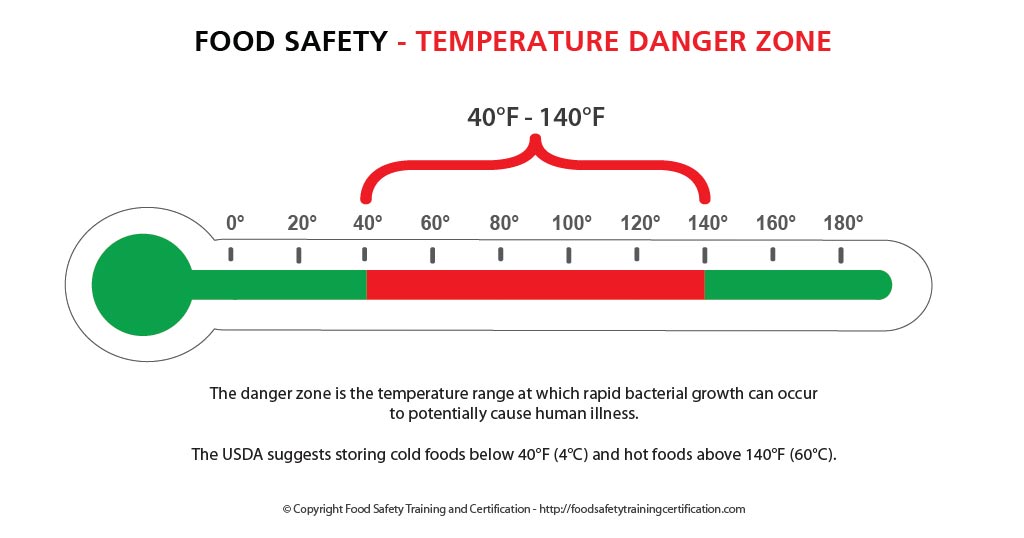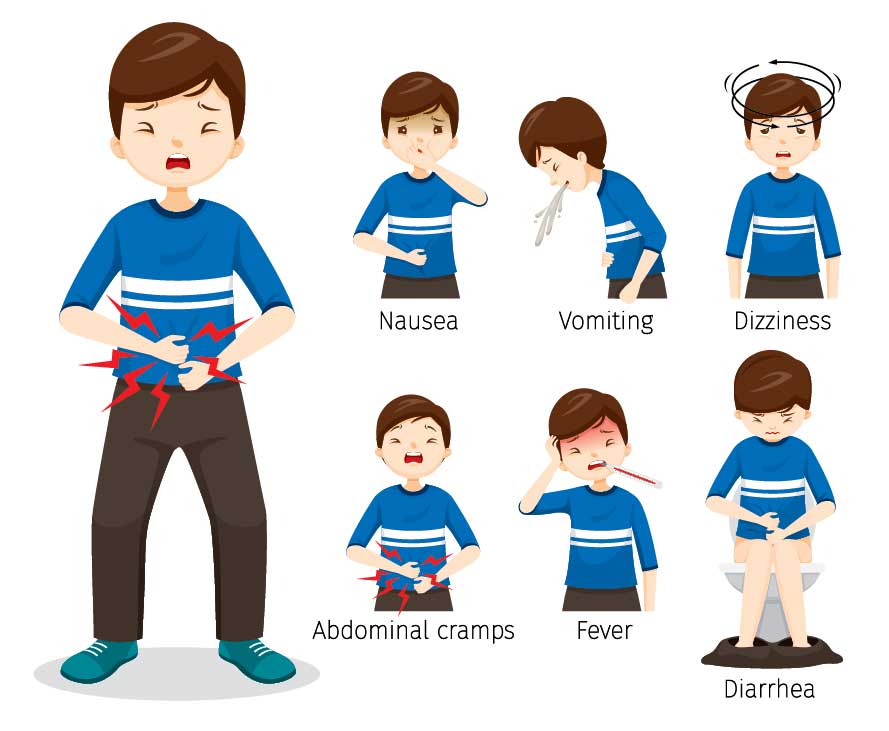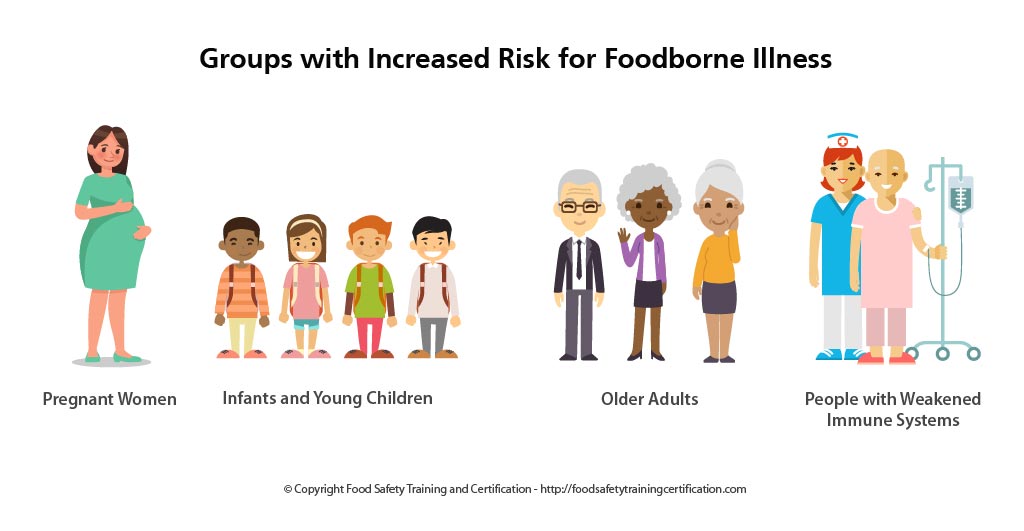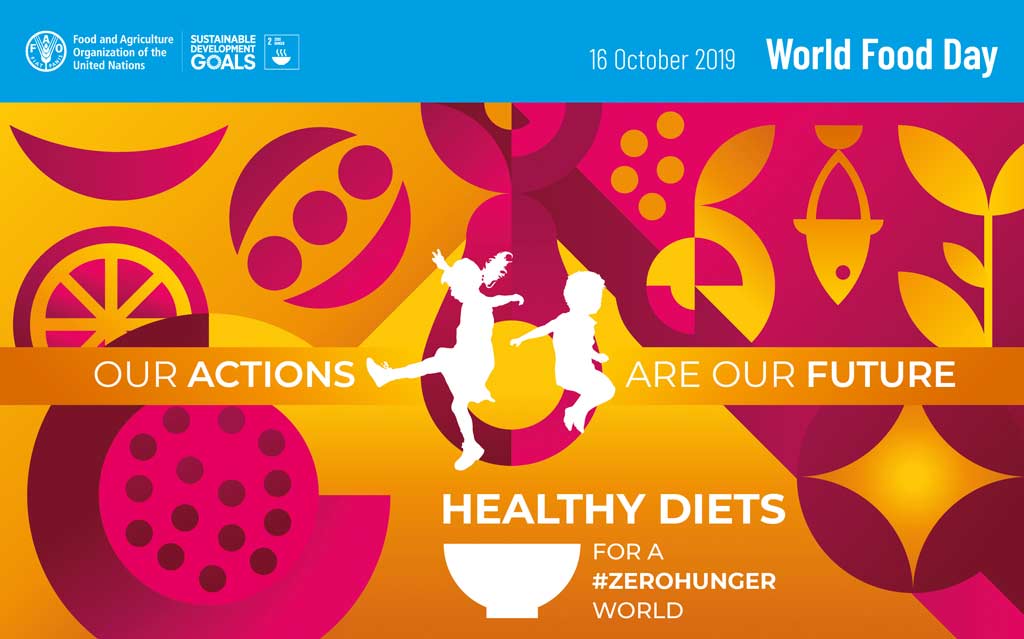World Food Day is a day of action dedicated to bring attention to how governments and individuals can help combat world hunger, malnutrition, and food insecurity.
Held annually on 16th October and established by the Food and Agriculture Organization (FAO) of the United Nations, endeavors to encourage people from around the world come together for the purpose of wasting less food, eating better, and adopting a sustainable lifestyle to help achieve a world free of hunger – #ZeroHunger.
The U.N. has set a goal of achieving zero hunger worldwide by 2030, and on World Food Day the FAO asks governments, farmers, organizations, and individuals to get involved in working toward a world where everyone has reliable access to enough nutritious food — i.e. food security.
Share the hashtag #WorldFoodDay on social media and take action to achieve healthy and safe diets for a Zero Hungry World.
United Nations (FAO) – World Food Day Resources
- The official World Food Day 2019 poster can be downloaded here.
- World Food Day 2019 Communication Toolkits
- The World Food Day 2019 brochure provides a brief overview of FAO’s work with countries and other partners to achieve healthy diets and lists a series of actions.
- World Food Day 2019 Activity Book: Eating Healthy Matters
- World Food Day 2019 – web banner
Food Insecurity Statistics
Did you know that there are 815 million people in the world that go to bed hungry, while 1.9 billion people are overweight?
- Learn about foodborne pathogens, cross contamination, cold and hot food safety, and best practices to prevent foodborne illness.
- Food Manager ANSI Certification: $99.00 - Valid in all States
- Food Handler Training: Only $7.00!
- 10% OFF: Enter Promo Code "train10off" at Checkout
In a world which produces enough food for everyone, 1 person in 9 suffers from chronic hunger. A 2017 FAO report found more than 815 million people suffered from chronic undernourishment in 2016, up 38 million from 2015. Well over half of them live in countries affected by conflict. Some 155 million children under five are stunted. At the same time, 1.9 billion people are overweight, 600 million of which are obese, increasing their risk of disease and death.
Likewise in 2017, an estimated 1 in 8 Americans were food insecure, equating to 40 million Americans including more than 12 million children. [i].

What is Food Insecurity?
The U.S. Department of Agriculture (USDA) defines food insecurity as a lack of consistent access to enough food for an active, healthy life.
It is important to know that hunger and food insecurity are closely related, but distinct, concepts.
- Food insecurity is a socio-economic (financial and cultural) condition, while hunger is a physiological (physical) condition.
- Hunger refers to a personal, physical sensation of discomfort, while food insecurity refers to a lack of available financial resources for food at the level of the household.
How can you help eradicate food insecurity?
For those who can’t make it to an official World Food Day event, you can still help support the cause of ending world hunger. There are five ways simple ways to help:
1. Donate food.
2. Volunteer time.
3. Raise awareness.
4. Waste less food.
5. Give money.
What is Food Poisoning or Foodborne Illness?
Food poisoning, sometimes called foodborne illness, is a common but preventable condition caused by eating foods contaminated with harmful pathogens or bacteria.
According to the CDC, each year about 1 in 6 Americans (or 48 million people) get sick, 128,000 are hospitalized, and 3,000 die of foodborne diseases. Learn more about foodborne illnesses and what you can do to lower your chances of getting sick.
The Bacteria “Danger Zone”
Bacteria grow very slowly at temperatures below 40°F, multiply rapidly between 40°F and 140°F, and are destroyed at temperatures above 140°F. The temperature range in which foodborne bacteria can grow is known as the “Danger Zone”. Keeping food out of this “Danger Zone” temperature range will help prevent food illness.

Foodborne Illness Signs and Symptoms
Foodborne bacteria may cause foodborne illness or food poisoning. Some of the symptoms include stomach cramps, nausea, vomiting, diarrhea, and fever.
Foodborne illness symptoms can begin as early as shortly after and as late as weeks after consumption of the contaminated food.
 Image Source: Shutterstock
Image Source: Shutterstock Food Safety Steps
Good hygiene and cooking foods thoroughly are the best and easiest ways to avoid food poisoning. To prevent food poisoning it is recommended to:

- Always clean your hands, utensils and food surfaces before using them;
- Separate foods and avoid cross-contamination. Never store raw foods next to ready-to-eat foods;
- Cook foods to a safe temperature. Check them using a food thermometer:
- ground meats: 160°F
- fresh beef, veal, and lamb: 145°F (let stand 3 minutes)
- poultry: 165°F
- pork and ham: 145°F (let stand 3 minutes)
- egg dishes: 160°F, cook eggs until whites are firm
- leftover dishes and casseroles: 165°F
- fish: 145°F or flesh can come apart with a fork
- shellfish: cook until shells open on their own
- Refrigerate or freeze perishable foods within two hours since purchase or preparation;.
- Defrost food safely in the refrigerator;
- Make sure to dispose of food if you are unsure of its safety.
Groups Vulnerable to Foodborne Illness
Anyone can get a foodborne illness, but people in certain groups are more likely to get sick and to have a more serious illness. These groups are:
- Young children
- Pregnant women
- Adults aged 65 and older
- People with weakened immune systems

Summary
World Food Day endeavors to encourage people from around the world come together for the purpose of wasting less food, eating better, and adopting a sustainable lifestyle to help achieve a world free of hunger.
References
- Food and Agriculture Organization of the United Nations. http://www.fao.org/home/en/ – Accessed October, 16, 2019.
- Alisha Coleman-Jensen, Matthew P. Rabbitt, Christian A. Gregory, and Anita Singh. 2018. Household Food Security in the United States in 2017, ERR-256, U.S. Department of Agriculture, Economic Research Service
- Social Determinants of Health. Healthy People 2020. https://www.healthypeople.gov/2020/topics-objectives/topic/social-determinants-of-health. Accessed September 24, 2018.
- Definitions of Food Security. United States Department of Agriculture Economic Research Service. https://www.ers.usda.gov/topics/food-nutrition-assistance/food-security-in-the-us/definitions-of-food-security/#ranges Updated September 5, 2018. Accessed September 24, 2018.

